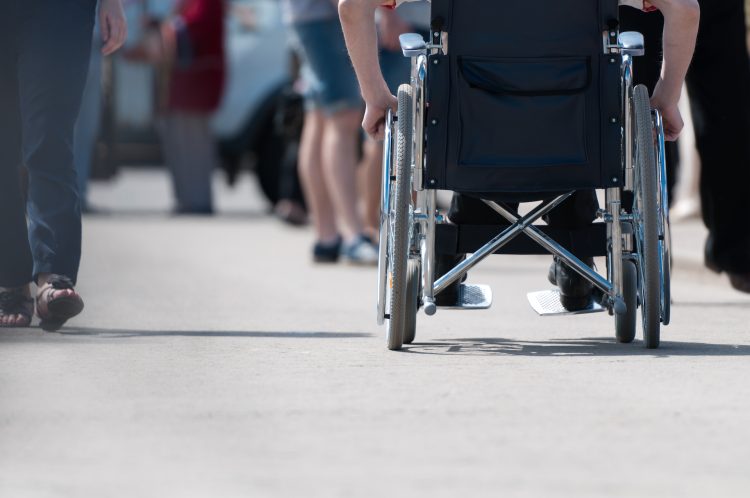Speaking to another amputee can make a real difference to your recovery and ease your concerns. We call this type of assistance Peer Support.
Following surgery, you will need time to recover. It is also a time to set goals about your journey ahead. Here, we help to guide you through the process to navigate your pathways forward.
Effectively managing your short and long term health will lead to better outcomes and prevent future problems.
Getting the right kind of prosthesis to suit your lifestyle needs and daily level of activity is important.
People are often concerned about the costs involved in getting a prosthesis. In Australia, there are a number of different funding schemes and it can be easy to get confused and to know what you are eligible for.
Not everyone is able to wear a prosthesis after amputation and this can depend on a range of different factors. Some people simply make the choice not to use a prosthesis, while for others, wearing a prosthesis and/or getting a comfortable fit might prove difficult and for others it may just be too challenging.
In Australia the majority of amputations are the result of circulation problems. Poor circulation not only affects the legs but other parts of the body. You might be dealing with other health problems such as kidney disease, memory issues, loss of sensation in your hands and in the remaining foot. These problems may have affected your activity level for some time. If that is the case, it is common to become weak, lose fitness and possibly need more help with doing everyday things. For others, skin sensitivities or on-going stump pain can make it difficult to tolerate prosthetic socks and liners.
For older amputees, particularly if the amputation is above the knee, this can make rehabilitation a lot more challenging. Building up strength, balance standing endurance and stamina to use an above knee prosthesis can be difficult. Simply, some people just find it easier and safer to use a wheelchair or crutches.
TIP - When speaking to wheelchair suppliers make sure you ask to trial a chair before you buy!
Wheelchairs come with a range of different features. You should think about which features will help you to get the most out of your chair and what you need to live the lifestyle you choose.

Tip - Gloves.
Often a wheelchair with new tyres can be harsh on your hands, so consider purchasing a pair of gloves which will also help to give you better traction/grip on the tyres or rims. Most wheelchair providers will allow you to trial a chair before making your final decision. It’s important that your chair is fitted to the right width and height for you and is not too heavy for you to push around.
If you are planning to use your chair for long periods of time, it’s important that you have the right cushion to support you. Wheelchair cushions need to provide seating comfort, prevent pressure and give relief to sitting bones. There is a wide range of cushions to choose from so ask your provider to let you trial a few different kinds prior to making your final decision.
Tip! Make sure you take your wheelchair for an annual service and maintenance check!
Read this article as a PDF
Keep up to date with our latest news, events and information
